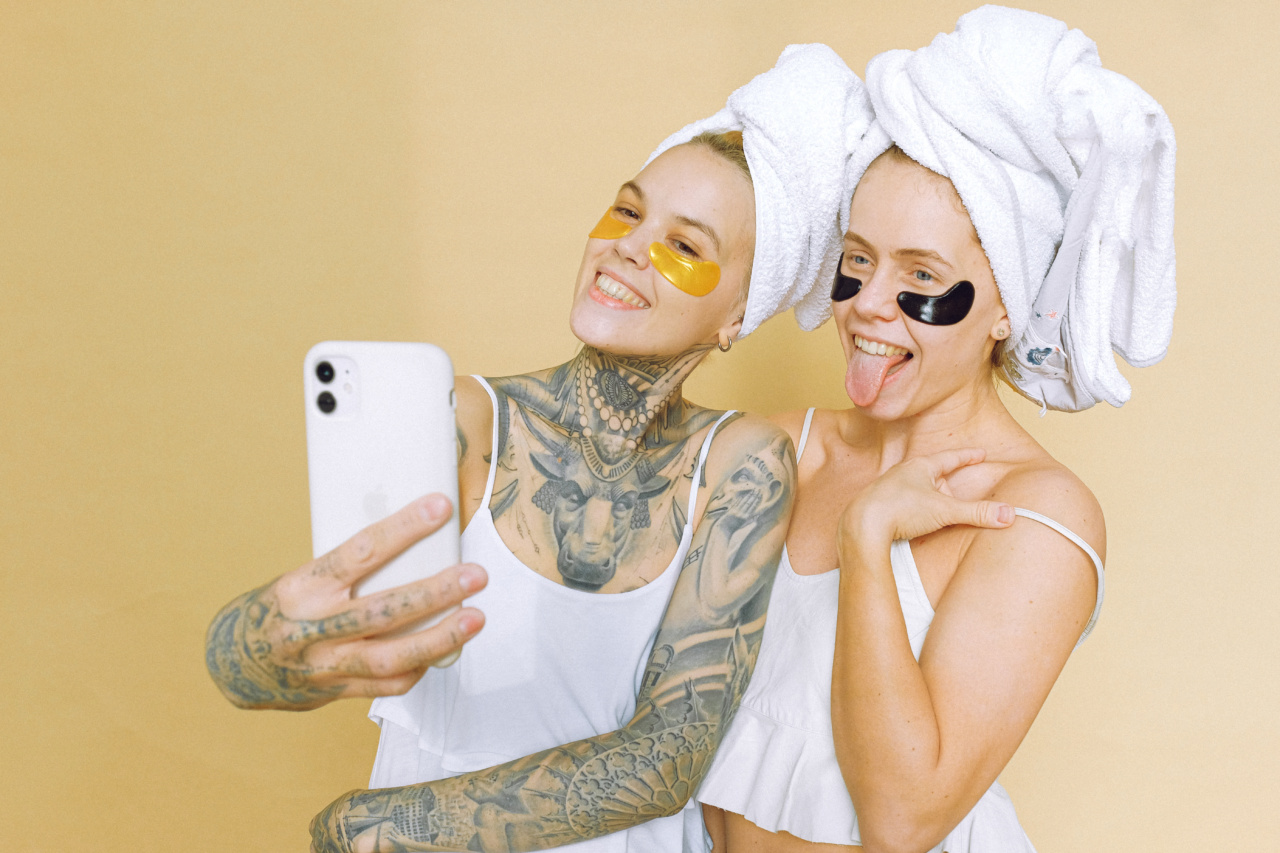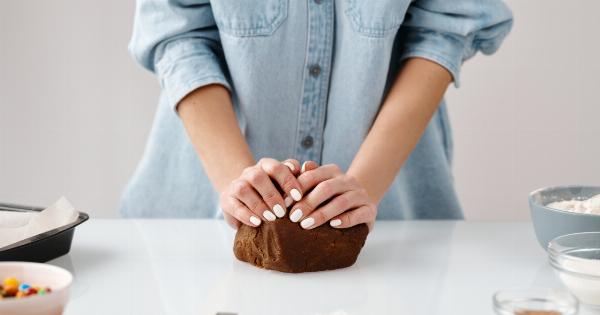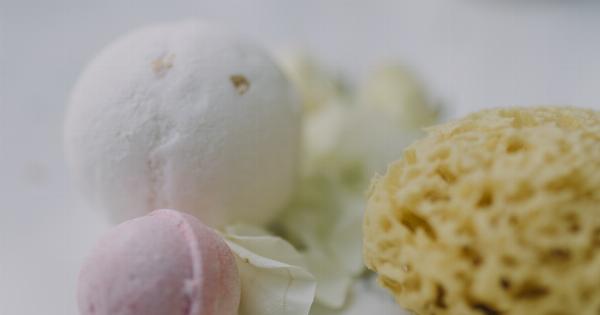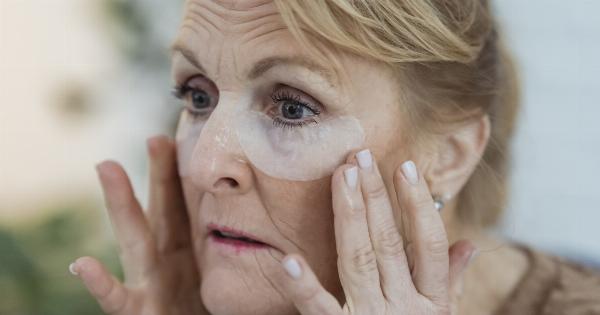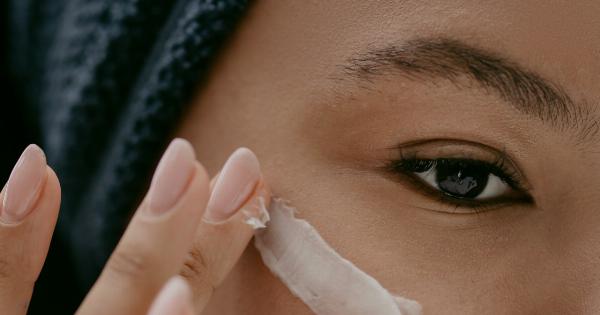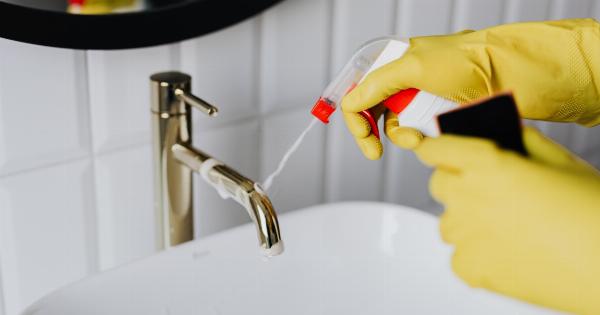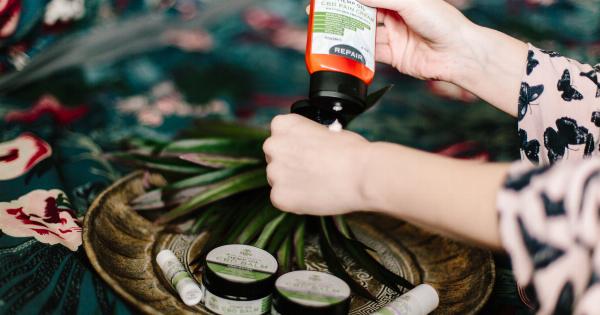Beauty enthusiasts are constantly on the hunt for the next big thing in skincare, and it seems that the latest trend is snail mucin. Yes, you read that right – snail mucin.
While it may not sound very glamorous, snail mucin has become a popular ingredient in many skincare products, and for good reason. In this article, we’ll be exploring the benefits of snail mucin and why you should consider adding it to your skincare routine.
What is snail mucin?
Snail mucin, also known as snail slime or snail secretion filtrate, is a viscous fluid that snails produce to protect their bodies. This fluid contains a variety of beneficial compounds, including hyaluronic acid, glycolic acid, and peptides.
In recent years, snail mucin has gained popularity in the beauty industry due to its potential skin benefits.
Snail mucin is believed to have moisturizing, anti-inflammatory, and anti-aging properties, making it a versatile ingredient that can be used in a range of skincare products.
The benefits of snail mucin in skincare
Moisturizing properties
One of the key benefits of snail mucin is its ability to moisturize the skin. The hyaluronic acid found in snail mucin helps to attract and retain moisture, keeping the skin hydrated and plump.
This can be particularly beneficial for those with dry or dehydrated skin, as well as those living in dry or cold climates.
Anti-inflammatory properties
Snail mucin also has anti-inflammatory properties, which can help to soothe irritated or inflamed skin. This can be helpful for those with sensitive skin or conditions such as rosacea or eczema.
Anti-aging properties
In addition to its moisturizing and anti-inflammatory properties, snail mucin is believed to have anti-aging benefits as well. The glycolic acid found in snail mucin can help to exfoliate the skin, reducing the appearance of fine lines and wrinkles.
The peptides found in snail mucin can also help to stimulate collagen production, which can help to firm and plump the skin.
How to use snail mucin in your skincare routine
There are a variety of skincare products that contain snail mucin, including moisturizers, serums, and sheet masks. If you’re interested in trying out snail mucin for yourself, here are a few tips:.
Start with a patch test
Before incorporating snail mucin into your skincare routine, it’s important to do a patch test to ensure that you don’t have any adverse reactions.
Apply a small amount of the product to a discreet area of skin, such as the inside of your wrist, and wait 24 hours to see if you experience any redness, itching, or other reactions.
Layer it on
If you’re using a snail mucin serum, consider layering it on top of your other skincare products. Apply your toner, essences, and serums as usual, and then layer the snail mucin serum on top for added hydration and nourishment.
Use it in a sheet mask
If you’re looking for a quick and easy way to incorporate snail mucin into your skincare routine, consider using a sheet mask. Sheet masks are pre-soaked in a serum, and can be applied to the face for a concentrated dose of hydration and nourishment.
Final thoughts
While the thought of putting snail mucin on your face may seem a bit strange, this ingredient has been gaining popularity in the beauty industry for a reason.
With its moisturizing, anti-inflammatory, and anti-aging properties, snail mucin is a versatile ingredient that can benefit a range of skin types and concerns. If you’re interested in trying out snail mucin for yourself, consider incorporating a snail mucin serum or sheet mask into your skincare routine.
